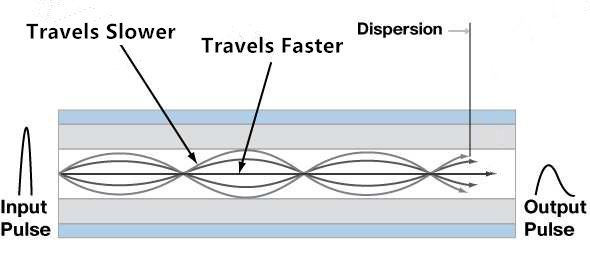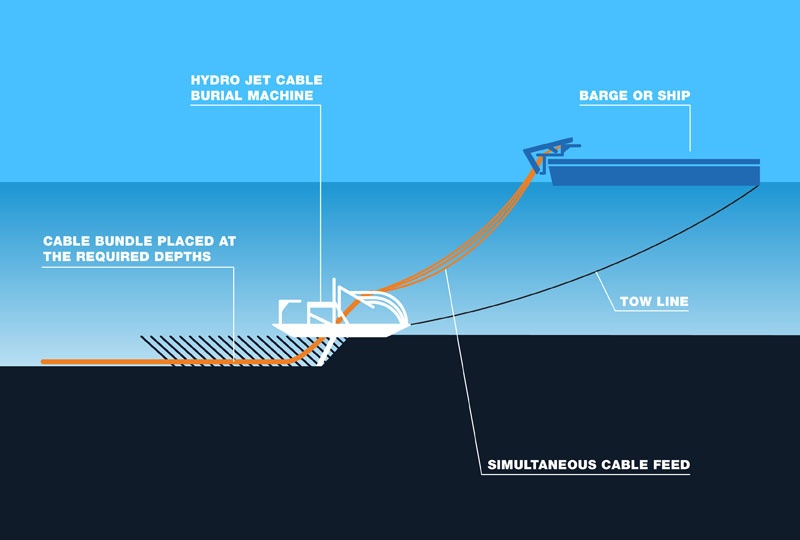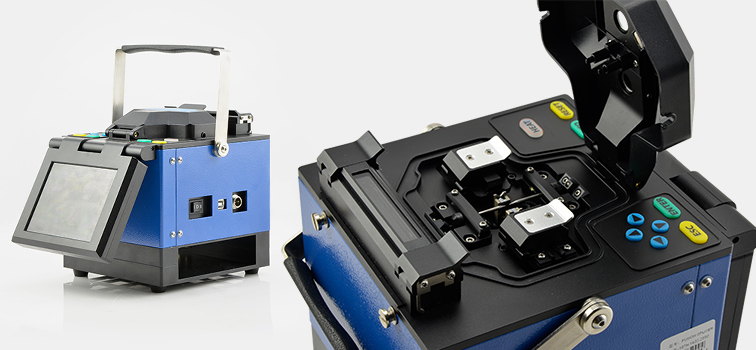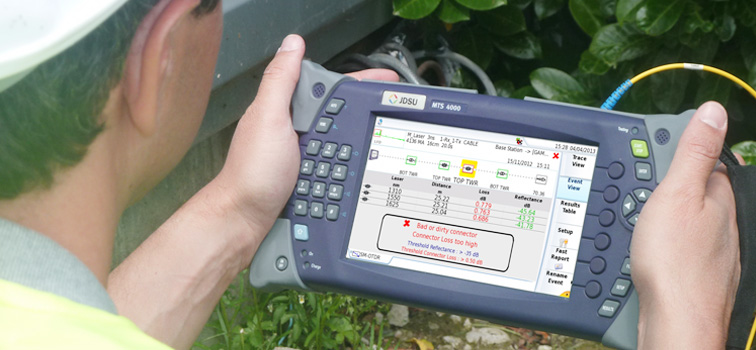Why Migrate to 40G
With
the quick development in data center, cabling infrastructures should
provide manageability, flexibility and reliability. Deployment of
optical connectivity solutions enables for an infrastructure meeting
these requirements for current applications and data rates. Scalability
is another key factor that needs to consider when choosing the type of
optical connectivity. It refers to not only the physical expansion of
the data center with respect to additional servers, switches or storage
devices, but to the scalability of the infrastructure to support a
migration path for increasing data rates. As technology evolves and
standards are completed to define data rates such as 40G/100G, Fibre
Channel (32G and beyond) and InfiniBand (40G and beyond), the cabling
infrastructures installed today need to provide scalability to
accommodate the need for more bandwidth in support of future
applications. Moreover, current data rates cannot meet the needs of the
future with the rising demand to support high-bandwidth applications.
40G technologies and standards, however, can support future networking
requirements. Thus, a migration to 40G is required.
40 Gigabit Ethernet Standard
Ratified
in June 2010, 802.3ba standard provides a guidance for 40G transmission
with multimode and single-mode fibers. And this standard does not have
guidance for Cat UTP/STP copper cable. OM3 and OM4 are the only
multimode fibers included in the standard. Due to the 850nm VCSEL
modulation limits, multimode fibers utilize parallel optics transmission
instead of serial transmission. Single-mode fiber guidance utilizes
duplex fiber WDM (wavelength-division multiplexing) serial transmission.
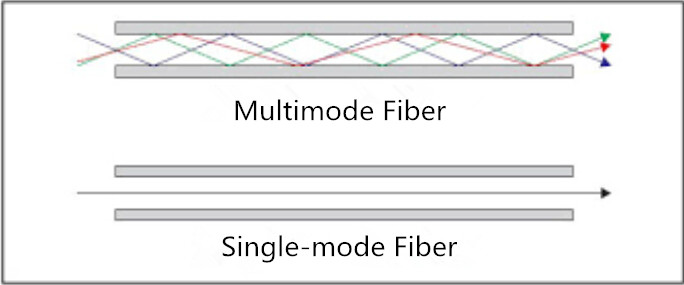
Compared
to single-mode fiber, multimode fiber offers a significant value
proposition for short length interconnects in the data center. Unlike
traditional serial transmission, parallel optics transmission utilizes
an optic module interface where data is simultaneously transmitted and
received over multimode fibers. The 40GBASE-SR4 supports 4 x 10G on four fibers per direction.
Cabling Performance Requirements for OM3/OM4
When
evaluating the performance needed for the OM3 and OM4 cabling
infrastructure, the following criteria should be considered. Each of the
criteria would have an impact on the cabling infrastructure’s ability
to meet the standard’s transmission distance of 100 meters over OM3
fiber and 150 meters over OM4 fiber.
Bandwidth is the primary criteria. OM3 and OM4 fibers
are optimized for 850nm transmission and have a minimum 2000 MHz∙km and
4700 MHz∙km effective modal bandwidth (EMB). Fiber EMB measurement
techniques are utilized today. The minimum EMBc (Effective Modal
Bandwidth calculate) method combines the properties of both the source
and fiber. With a connectivity solution using OM3 and OM4 fibers that
have been measured using the minEMBc technique, the optical
infrastructure deployed in the data center will meet the performance
criteria set forth by IEEE for bandwidth.
Insertion
loss is a critical performance parameter in current data center cabling
deployments. Total connector loss within a system channel impacts the
ability to operate over the maximum supportable distance for a given
data rate. The supportable distance at data rate decreases with total
connector loss increasing. The 40G standard specifies the OM3 fiber to a
100m distance with a maximum channel loss of 1.9 dB, which includes a
1.5 dB total connector loss budget. OM4 fiber is specified to a 150m
distance with a maximum channel loss of 1.5 dB, which includes a 1.0 dB
total connector loss budget. The maximum cable fiber attenuation is 3.5
dB/km at 850 nm. So the insertion loss specifications of connectivity
components should be evaluated when designing data center cabling
infrastructures. With low-loss connectivity components, maximum
flexibility can be achieved with the ability to introduce multiple connector matings into the connectivity link.
flexibility can be achieved with the ability to introduce multiple connector matings into the connectivity link.
Summary
Cabling
deployed in the data center today must be selected to provide support
of data rate applications of the future. To achieve this purpose, OM3 or
OM4 is a must. They provide the highest performance for today’s needs.
With 850nm EMB of 2000 MHz∙km and 4700 MHz∙km, the fibers provide the
extended reach required for structured cabling installations in the data
center. Except the performance requirements, the choice in physical
connectivity is also important. Utilizing MTP-based connectivity in
today’s installations provides ways to migrate to multifiber parallel
optic interface when needed. Therefore, MTP-based connectivity using OM3
and OM4 fiber is the ideal solution in the data center. It can be
installed for use in today’s applications, while providing an easy
migration path to future higher speed technologies.
Article source: www.fiberopticshare.com/data-center-40g-migration-with-om3-and-om4-optical-connectivity.html
